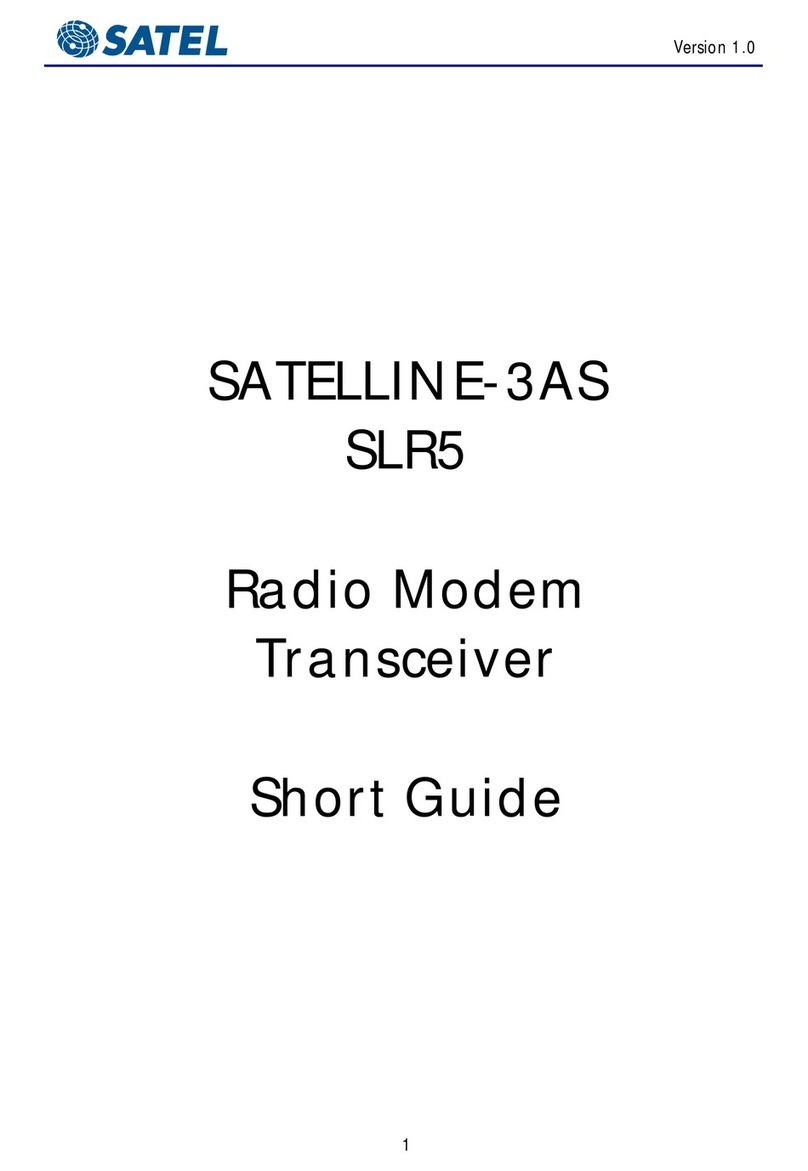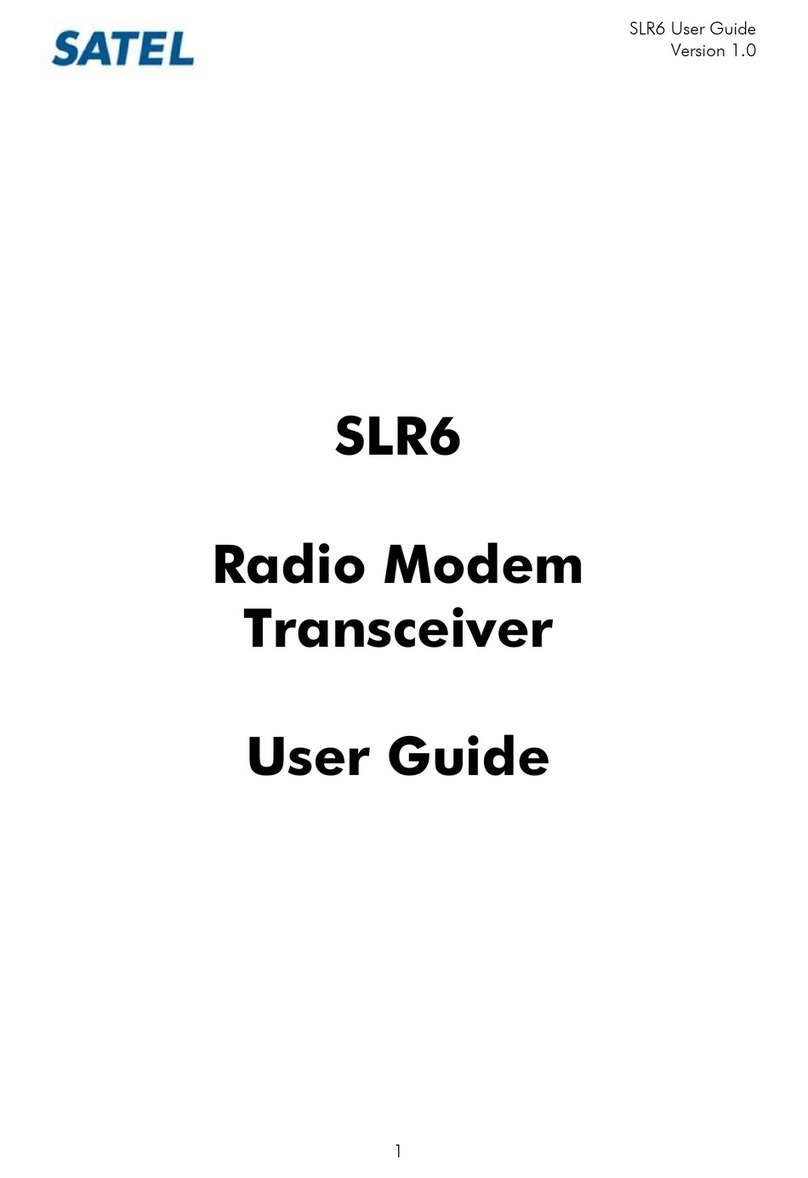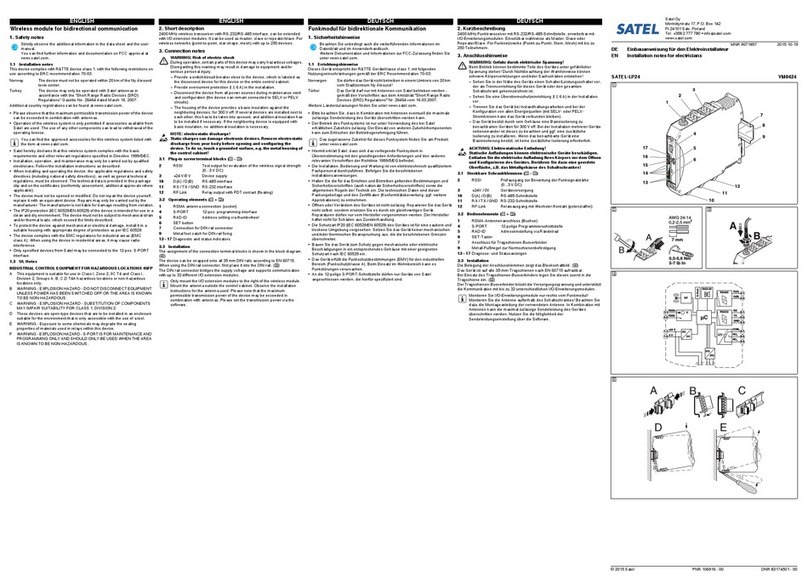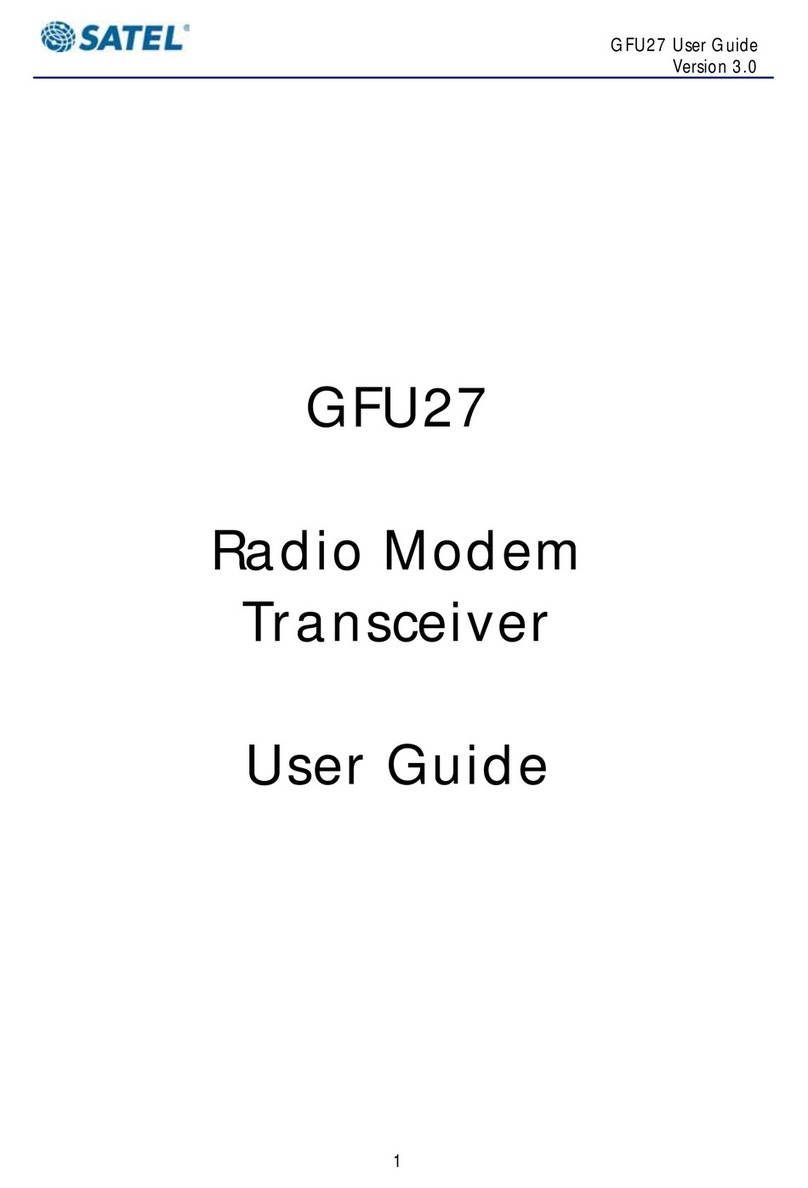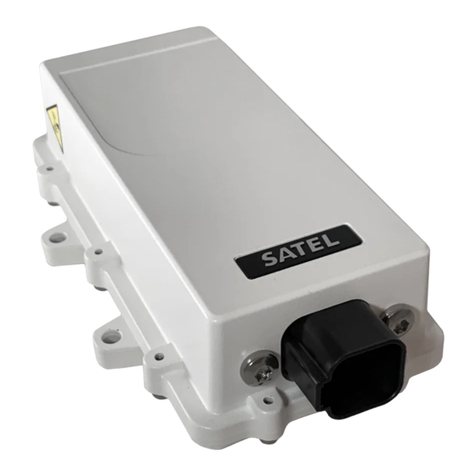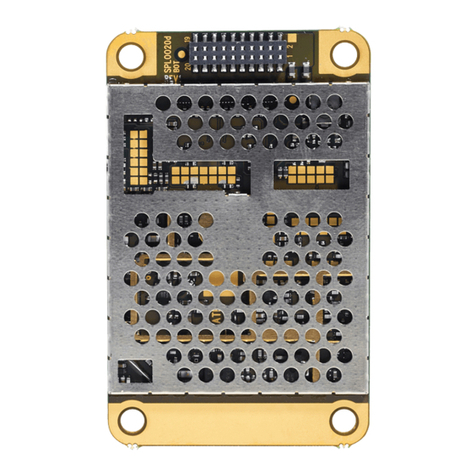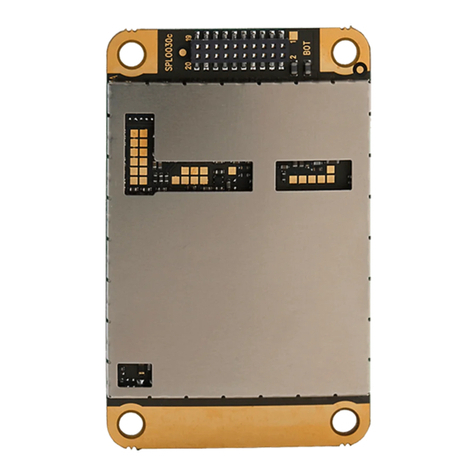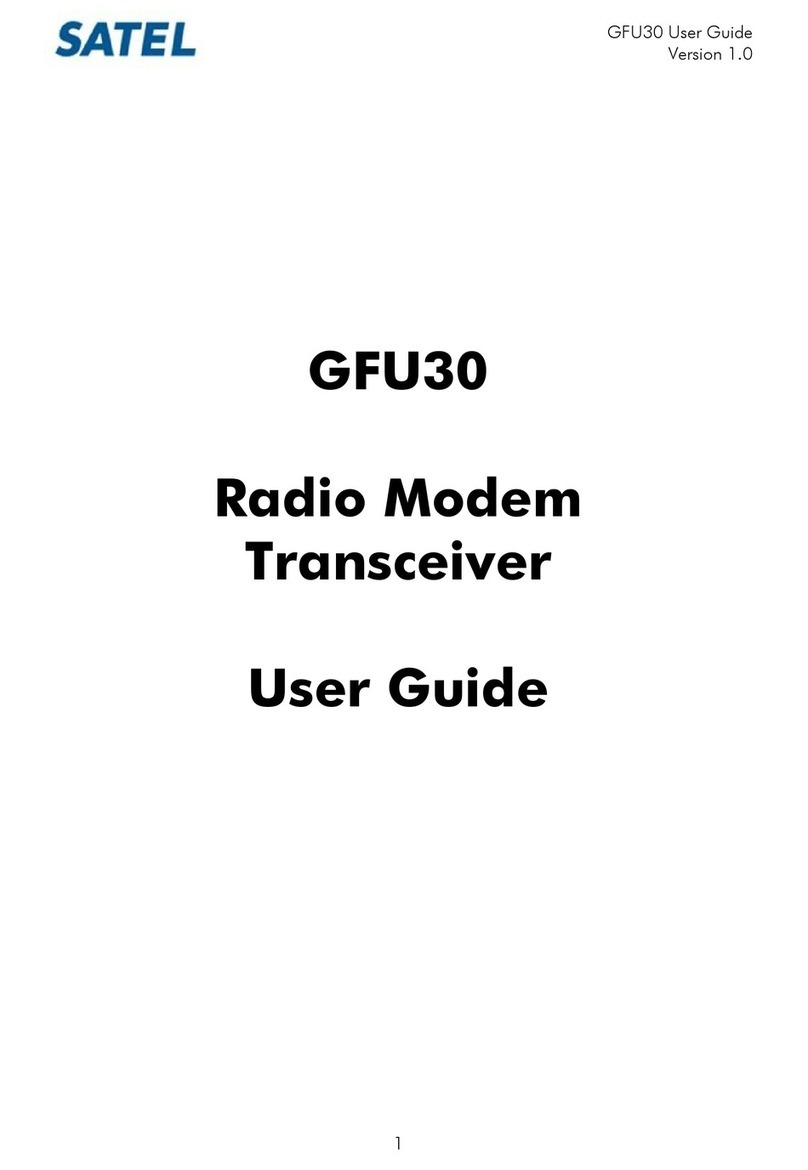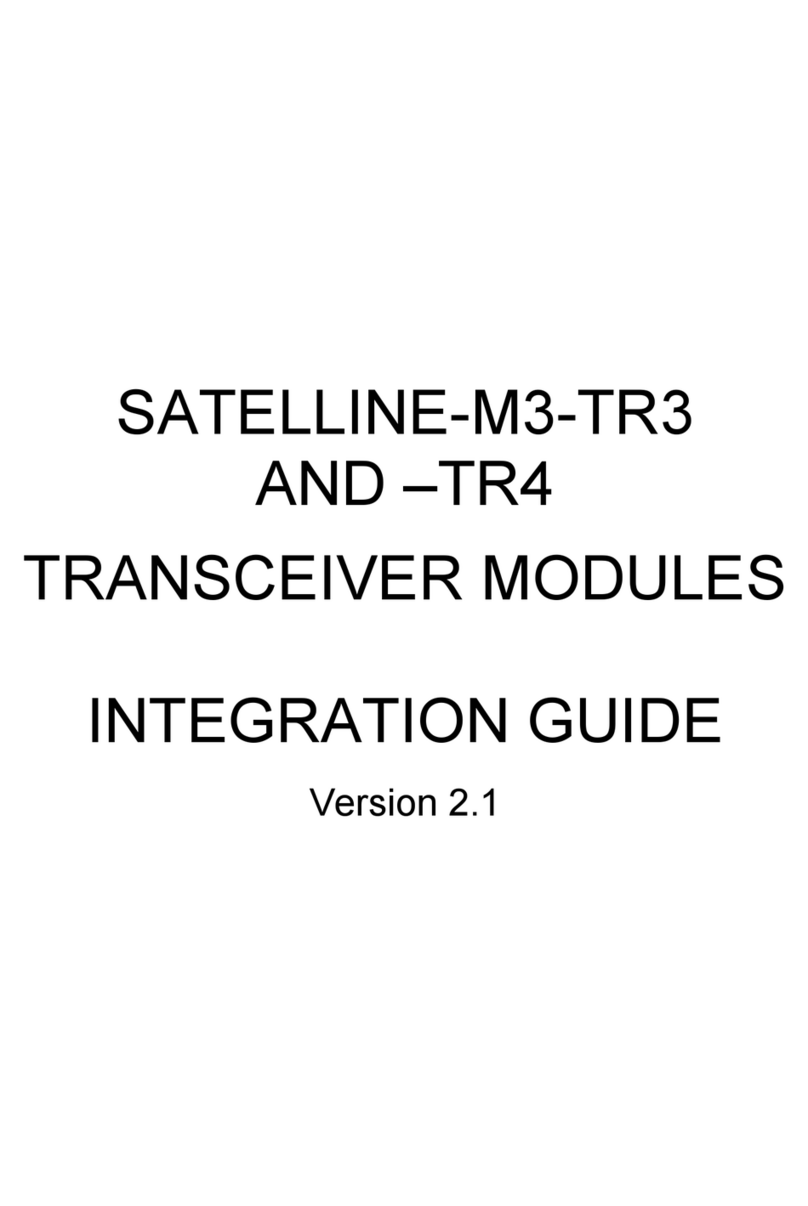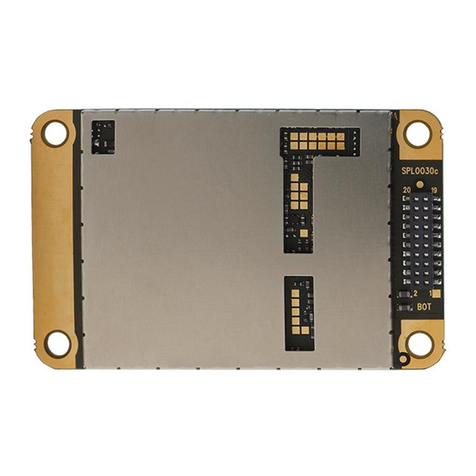4.4 RF interface ..................................................................................................................... 23
4.5 VCC_IO pin ....................................................................................................................... 24
4.6 Service pin....................................................................................................................... 24
4.7 Stat pin............................................................................................................................ 24
4.8 VCC pins........................................................................................................................... 25
4.9 UART pins ........................................................................................................................ 25
4.10 GPIO pins......................................................................................................................... 25
5MECHANICAL CONSIDERATIONS......................................................................................... 26
5.1 Fixing device to host......................................................................................................... 26
5.2 Heat transfer.................................................................................................................... 26
6OPERATING MODES........................................................................................................... 27
6.1 Switching frequency band................................................................................................. 27
6.2 Safe mode........................................................................................................................ 28
6.3 Power up / power down scenarios...................................................................................... 28
6.4 Sleep Mode ...................................................................................................................... 28
6.5 Power Save Mode ............................................................................................................. 29
6.6 Restart ............................................................................................................................ 30
7CHANGING PARAMETERS USING SL COMMANDS................................................................... 31
7.1 SL Commands .................................................................................................................. 31
7.2 SL Command Mode ........................................................................................................... 32
8DEFAULT DELIVERY VALUES –SATEL-TR489.......................................................................... 33
9CONSIDERATIONS............................................................................................................. 34
9.1 EMI Interferers ................................................................................................................. 34
9.2 Electrostatic discharge ..................................................................................................... 35
9.3 Using the device in unmanned high reliability applications.................................................. 35
9.4 Proposals for more reliable radio link ................................................................................ 36
10 APPENDIX ........................................................................................................................ 37
